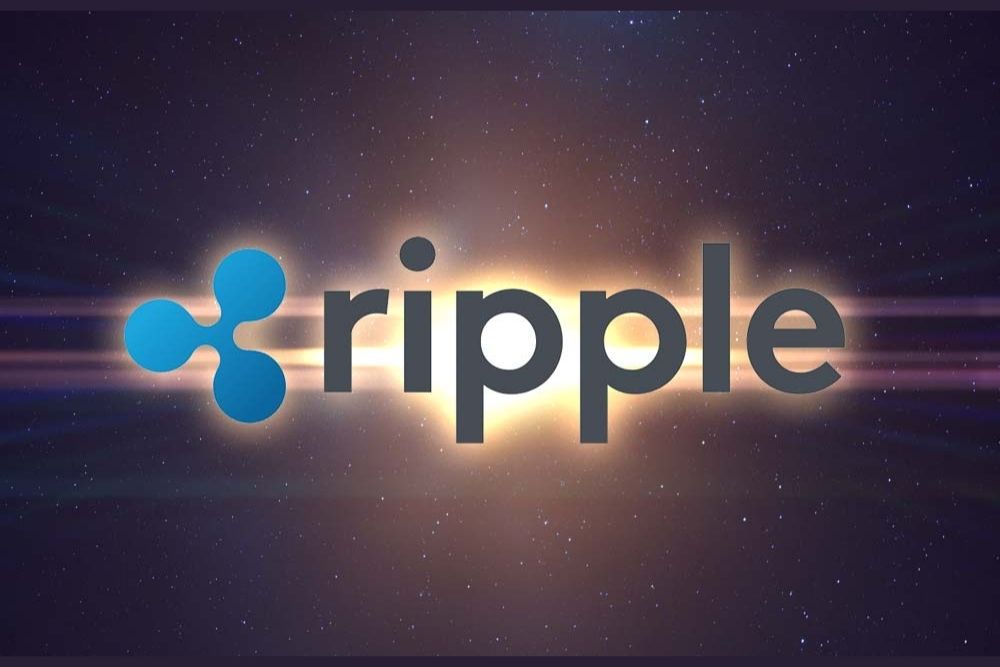

The rapid integration of digital assets into traditional finance is redefining the financial landscape, as emphasized by crypto advocate Max Avery.
Avery addressed misconceptions about Ripple’s partnerships with banks, highlighting Ripple’s pivotal role in driving advancements in crypto-focused banking at Ripple’s recent Swell conference.
“People say that ‘Banks aren’t working with Ripple’—so let’s take a bit to explore the impact of crypto-focused banking and how Ripple is driving innovation in the financial industry,” Avery stated, encouraging a closer examination of Ripple’s contributions to the evolving financial sector.
Ripple’s Swell conference recently brought together banking and financial leaders to discuss the growing importance of cryptocurrency and its implications for global finance. A key theme of the conference was the shift toward a crypto-centric banking model, which seeks to address the traditional banking system’s inefficiencies.
The insights from Swell underscored that digital assets are not only a financial investment but also a means to streamline critical services like cross-border transactions and global remittances.
Avery noted that these banking leaders emphasized the unique benefits digital assets bring to financial services.
According to Erica Khalili of Lead Bank, which manages over $1 billion in assets, digital assets lower transaction costs and remove barriers to entry, enhancing global access to finance for underserved populations. “The collaboration is critical for applications outside of investment, tackling real-life necessities like remittances,” Avery highlighted.
Ripple, using the XRP Ledger (XRPL), aims to modernize cross-border payments, a process historically hindered by high fees and slow processing times on networks like SWIFT. By enabling faster, more affordable, and secure transactions, the XRPL addresses these systemic challenges.
Michael Rose of Metropolitan Capital and Miles Paschini of FV Bank also discussed the efficiency of crypto solutions for immediate payments and secure asset storage. Notably, FV Bank has implemented stablecoins as an alternative to traditional payment options, offering clients the flexibility to select wire transfers, ACH payments, or stablecoins.
This flexibility reflects a rising demand for digital assets in daily financial operations. Ripple, through its blockchain solutions and XRPL’s robust infrastructure, meets this demand by enabling efficient, cost-effective payment methods that complement traditional systems.
Global financial institutions are increasingly exploring blockchain technology to enhance various services, including collateral postings and settlements.
Banks like BNY Mellon have started to use blockchain to improve capital market efficiency, aligning with Ripple’s mission of creating a globally connected economy with seamless cross-border transactions.
Ripple’s technology aids these efforts by linking traditional finance with the digital asset ecosystem, enabling banks to leverage blockchain’s speed and scalability.
The regulatory landscape remains a challenge for banks venturing into digital assets. Khalili stressed that banks must maintain transparency with regulators to build credibility and trust. Lead Bank, among others, has invested in compliance systems to meet rigorous regulatory standards.
Ripple, too, is actively engaged with regulators, advocating for clear guidelines that protect investors and foster innovation. This commitment to compliance ensures that Ripple and its partners can offer reliable, secure, and resilient financial services within existing legal frameworks.
Further, developments like stablecoins and asset tokenization are positioning crypto for practical applications beyond speculative investment. Stablecoins, in particular, are crucial to enabling efficient, low-cost payments.
Ripple’s XRPL supports these innovations, extending blockchain applications to areas like remittances and decentralized finance (DeFi). Real-world asset tokenization, such as tokenized treasuries, is also gaining traction.
Institutions, including BNY Mellon, are exploring tokenization’s benefits, such as fractional ownership and increased liquidity, as they seek to integrate these products into their offerings. By bridging traditional financial markets and the crypto economy, Ripple’s XRPL facilitates these advancements, creating new investment opportunities.
According to Avery, “The XRP Ledger’s unique architecture is designed for scalability and speed, making it valuable for banks, financial institutions, and businesses in this digital revolution.”
As financial institutions adopt digital assets, Ripple’s technology, particularly the XRPL, stands at the forefront of this transformation, bridging digital and traditional finance and signaling a future where financial services are more efficient, accessible, and secure.
Disclaimer: This content is meant to inform and should not be considered financial advice. The views expressed in this article may include the author’s personal opinions and do not represent Times Tabloid’s opinion. Readers are urged to do in-depth research before making any investment decisions. Any action taken by the reader is strictly at their own risk. Times Tabloid is not responsible for any financial losses.
Follow us on Twitter, Facebook, Telegram, and Google News
The idea of a "Great Reset" has long hovered at the edges of financial and…
After months of uncertainty, April 2025 is giving crypto investors a reason to smile again.…
Top meme coins like Shiba Inu (SHIB) and Dogecoin (DOGE) have recorded notable gains as…
A bold new forecast is shaking the crypto community. According to a recent post by…
After a brutal winter of volatility, the crypto markets in April 2025 are starting to…
Hopes for an imminent launch of ProShares' XRP futures-based exchange-traded funds (ETFs) have been dashed,…